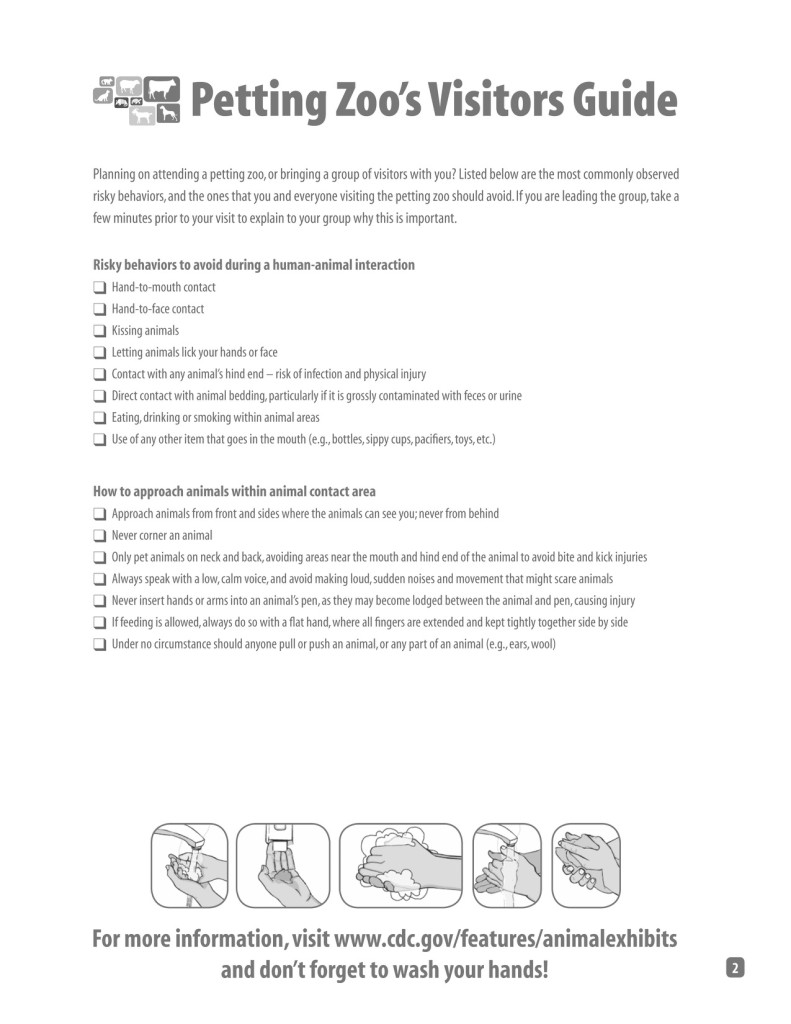Food Safety Talk, a bi-weekly podcast for food safety nerds, by food safety nerds. The podcast is hosted by Ben Chapman and barfblog contributor Don Schaffner, Extension Specialist in Food Science and Professor at Rutgers University. Every two weeks or so, Ben and Don get together virtually and talk for about an hour. They talk about what’s on their minds or in the news regarding food safety, and popular culture. They strive to be relevant, funny and informative — sometimes they succeed. You can download the audio recordings right from the website, or subscribe using iTunes.
In this episode Manan Sharma from USDA ARS fills in for Don who is away in Brazil. Manan grew up in Alabama and studied Microbiology as an undergraduate at the University of Florida. He received his M.S. and Ph.D. in Food Science from the University of Georgia where he focused on food safety microbiology.
Manan and Ben talked about formative experiences in their careers including Manan’s high school internship at Research Genetics where he had great mentors who helped him appreciate molecular and microbiology. Research Genetics was later bought out by Invitrogen). Manan gave a shout out to his great mentors Bob Zahorchak, his first laboratory mentor, and Jim Hudson the president and CEO of Research Genetics. Manan also talked about his advisor at the University of Georgia, the great Dr. Larry Beuchat who encouraged him to take chances with his ideas and explore.
Manan talked about his first project at USDA ARS: blowing up meat using hydrodynamic pressure processing (HDP) – different from hydrostatic pressure processing. HDP, where an explosion in a vessel of water is used to create a highly energetic wave is featured in an episode of MythBusters. Manan had to obtain a license from the ATF to use the explosives needed for this technology. Manan reported that while HDP was effective at blowing the roof off of his test facility it wasn’t great at inactivating of food pathogens.
Manan and Ben talked about food safety for leafy greens, particularly on the persistence of pathogens in manure and biological amendments. The guys talked about two a 2006 E. coli O157:H7/leafy green outbreaks, one connected to spinach and another linked to shredded lettuce leading to a research focus and the creation of the Center for Produce Safety, the Leafy Green Marketing Agreement. The conversation went to further impacts of big events including a 2012 Salmonella Outbreak linked to peanut butter manufactured by Sunland Farms in New Mexico which continues to impact growers. Manan talked about a paper, Bacterial Occurrence on Kitchen Hand Towels and extra-intestinal pathogenic E.coli (ExPEC).
The guys wrap up the show with a new feature of 5 seconds, which included gems like:
What is the riskiest food you eat?
Nirvana, Pearl Jam or Soundgarden?
Best project idea you wished you were part of?
Most important sports moment?












